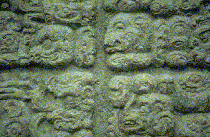
Settlement Patterns and Social Organization
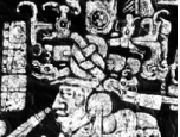
![]()
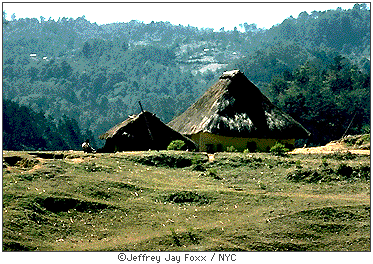
De Ayer...
The Lacandones historically lived independently in small clans dispersed far apart throughout the jungle (Hach Winik). A nuclear family (which may include a man, his wives, their unmarried children, and possibly their married daughter and her husband and / or a widowed parent) will share a one-room house (Duby 281-282). Sometimes a single household will have a caribal (private clearing). Other times, multiple households may share a caribal. Families that share a caribal tend to be closely related, and the caribal may be more than a day's walk from the house (Duby 282). New houses are built before planting corn (Duby 280).
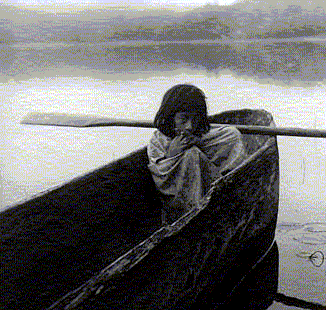
The largest social unit of the Lacandon is the clan- a group of related families. The father is the head of each family, and the oldest is the head of the clan. Lacandon clans of the northern group regulate marriage to some extent. It is very much preferred that people marry outside their clan. Incest- especially between brother and sister- is strongly tabooed and severely punished by the gods. Clan membership is inherited from the father. The Lacandon of one clan used to live close together, but now two clans may live together, though each will have it's own ceremonial hut (Duby 288).
Lacandon families are Patrilineal, patrilocal, have unilateral descent patterns, are polygynous, and have exogamous tendencies.. The son inherits his father's name of phratry, clan, and totem. The oldest son of the first wife is the main heir. The youngest sons receive part of the inheritance, which mainly consists of idols of the gods. If there are no sons, the brothers of the deceased inherit his possessions. Women cannot inherit anything, and they hold an inferior position in the household. If her husband dies, she must go live with her eldest sons. Different words are used to refer to the maternal uncle and the paternal uncle. Parallel cousins are grouped with siblings, while cross cousins are grouped under the same term that is also applied to mother's father and to daughter's children- thus parallel cousins are also not allowed to marry, though cross cousins are. The parental in-laws are referred to mother's brother and father's sister, indicating marriage between cross cousins (Duby 288).

"Both men and women are allowed to divorce their spouses." If a man wants to divorce his wife, he must first find a new husband for her. If the match is agreeable, she will leave him for the new husband, taking her children and stuff with her. If a woman wants to divorce her husband, she must relinquish custody of her children, and the husband gets to keep the woman's possessions that he has given her. Separation most often occurs when a husband beats his wife or does not give her food and clothing. When a man has multiple wives, each eats at her own fire, with her own children. When a girl is promised to a man, she will eat with him alone when he comes visiting. It is customary for Lacandon men to have at least two wives, though some have as many as three. Women live together and share household duties. Marriage with outsiders is not allowed, and it is considered highly immoral to have premarital sex relations. Daughters are under the strict control of their fathers until they marry, and wife exchange takes place occasionally (Duby 288-296).
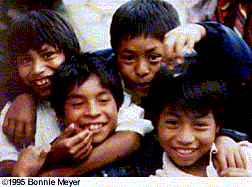
The Northern group formed a territorial unit in that the people there would visit each other, intermarry, trade, and barter (Duby 282).
The people of the Jatate group lived widely separated, because the “group has lacked women for many years and each man fears losing his wife to another man” (Duby 282).
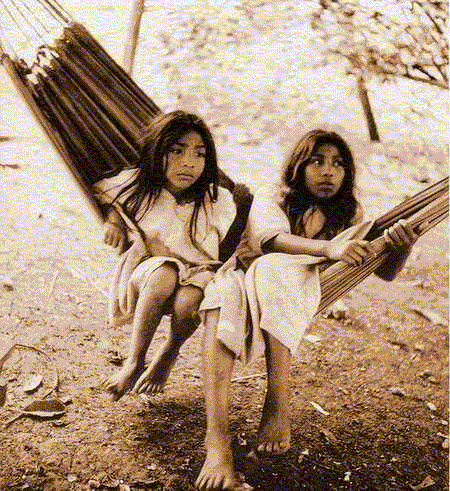
Both
"the Jatate and Cedro-Lacanha groups live in thatched houses without
walls. The roof reaches almost to the ground on three sides and leaves the
front open. The inhabitants slept in hammocks, and also sit in them during
the day.” To keep themselves warm at night, they placed a pot of embers
beneath their hammocks (Duby
284-285).
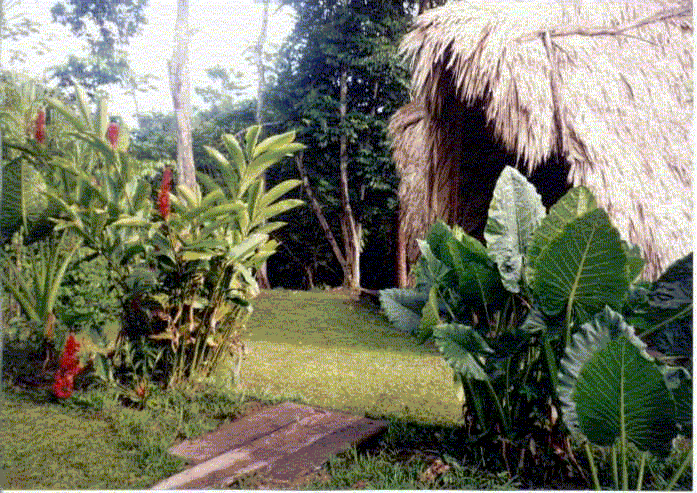
The
"members of the northern group
build palm-thatched houses with walls made of sticks bound together with
vines or wound with large bark sheets. They sleep on platform beds and
have hammocks for day use. Except for small low stools and a few
cupboards, there is no furniture. Most Lacandon have acquired old boxes
for storing their most precious possessions” (Duby
285).
Some Lacandon with dogs keep little thatched huts- dog houses- in their caribal.
Most keep chicken coops, which they make from sticks laid together to form
a pyramid (Duby 285).
![]()
Not much has changed today, except that there have been some movements and intermarriages between the north and the south. The Jatate group has since moved in with the Cedro-Lacanha group. In the north, more has remained traditional, with the traditions, mainly of the northern group. In the south, where the natives have been christianized, they no longer practice polygamy but they do still have much the same living arrangements.

According to Vann, "If there is more than one wife in a family, at least one is left with the children to protect the house and prepare the morning meal, while the husband goes to the field to care for their crops. One wife may go to the field with her husband to care for the crops or to bring back food for the meal. In some families, the co-wives share the tasks of grinding and making tortillas, torn into small pieces and used essentially as a spoon, each taking a turn at the various aspects of meal making day by day" (Vann).
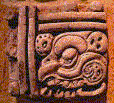
![]()